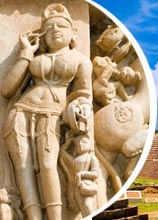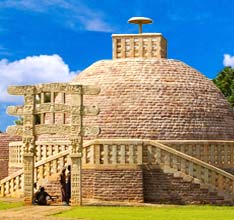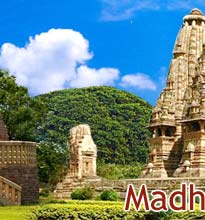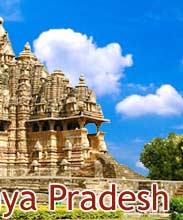Madhya Pradesh, known for its overpowering gaiety and
pomp during festive celebrations, exhibits the Mandu festival every year
with the same exulting fervor. This festival falls in September/October
and coincides with the celebration of Ganesh Chaturthi in other places.
In fact, Mandu festival also commemorates the elephant-headed God
Ganesha. However, what marks its individuality is the confluence of
Hindu and tribal culture that characterizes the various religious
observances during this festival. Thus, Madhya Pradesh adds a new
character to the worshipping of Ganesha through the Mandu festival.
As aforesaid, Mandu festival of India is dedicated to the
elephant-headed God, Ganesha, believed to bring good fortune to the
devotees. Thus, the celebration receives a lot of fan-fare, with people
paying their obeisance with feverish zest. Mandu festival is celebrated
in Mandu, Ujjain and Indore, and is noticeably different from Ganesh
Chaturthi. What brings about the differences in their celebration of the
two festivals is the amalgamation of tribal elements in Mandu festival.
The tribal people worship a stone statue of Ganesha, incorporating
their own rituals and patterns of adulation. Thus, Hindu mythology and
traditions of local culture blend to give a distinctive shape to this
festival. Tribal art and crafts displayed in the fairs, that accompany
the festivities, form another major draw of the Mandu Festival. A
cultural program organized by the tourism department in Mandu during
this period also acts as a window to cultural heritage and tradition of
the state.









